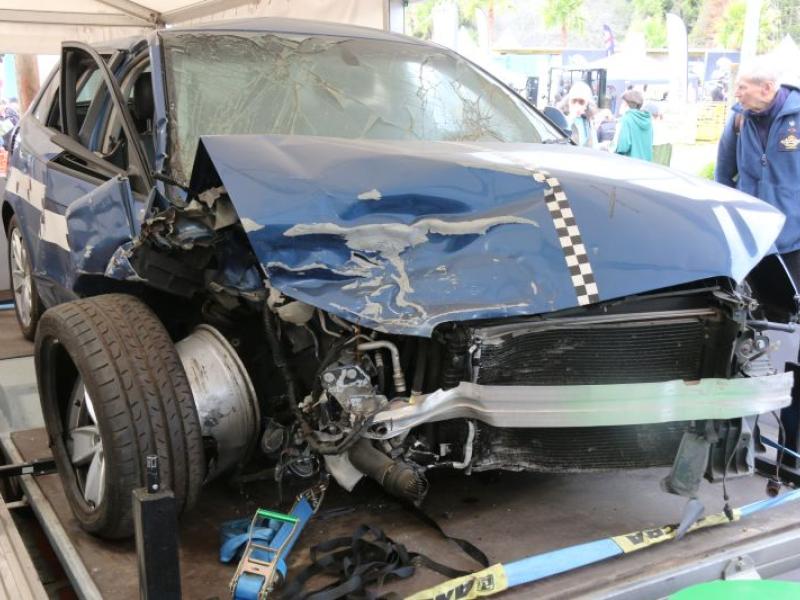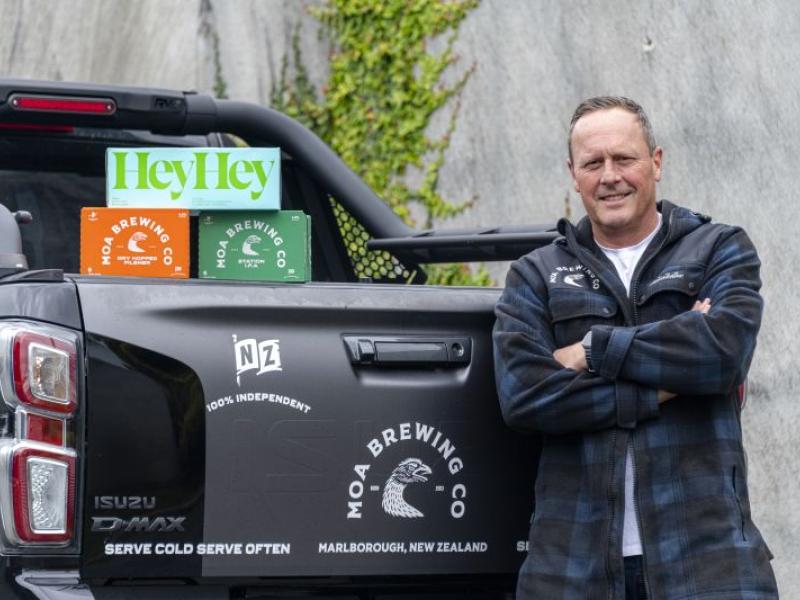Companies operating vehicle fleets or where mobile workforces
are a core element, need to have a better-than-average understanding of how
A perfect storm of the microchip shortage, Covid disruption in Asia, and inflation are all to blame for Covid’s hangover being harder to shake off.
In New Zealand, the median price of new vehicles has increased from nearly $42,000 in 2019 to almost $46,000 in 2022.
For second-hand, late model cars, it’s gone from about $42,000 in 2020 to around $54,000 in 2022. There’s such a shortage of vehicles that second-hand prices are almost keeping pace with new ones
Through 2021, manufacturers produced two million fewer cars than in 2019, because of the pandemic. Production also slowed in 2020 with plants closed for weeks or months at a time to prevent the spread of Covid.
That’s a deficit in new vehicles that’s difficult to make up given the ongoing challenges.
According to a CBS news report, it seemed like the shortage might be coming to an end, but the rise of the Delta variant in some Asian countries has made the shortage of supply even worse.
This is reportedly further delaying the return to normal car production.
Japanese microchip manufacturer, Rohm Co., has also reported that chips will likely remain in short supply at least throughout this year.
All things considered, there’s every chance that elevated prices and tight supply for new (and used) vehicles will continue through this year and into 2023.
Given this situation, fleets should be redoubling efforts to get the most out of their existing vehicles. This involves two strategies:
Keep on top of maintenance so your existing fleet vehicles keep running.
Build efficiencies into operations so the lack of new vehicles is negated as much as possible.
Keeping on top of maintenance
Vehicle maintenance is a pivotal aspect in ensuring operational reliability. Whether that’s due to avoiding unforeseen breakdowns or making sure the maintenance schedule syncs up with the operational calendar.
While holding onto your older vehicles will have an impact on operational efficiency and safety, there are steps you can take to minimise issues.
Use your maintenance schedule to plan ahead because the supply issues for auto parts could mean spares are not available immediately.
If your vehicle is stuck at the mechanic’s, your plan B needs to be in place.
Reallocating tasks or hiring a vehicle is always preferable to putting off maintenance and continuing to use a vehicle that’s not 100 percent.
Get ahead of problems with preventative maintenance
Ensuring preventative maintenance milestones are met is an essential first step in reducing occasions of unexpected downtime and minimising overall fleet maintenance costs.
It’s best to use a combination of odometer and time-based notifications in your service calendar to ensure all bases are covered.
Tyre rotations are often required more frequently with modern vehicles than an oil change and keeping a track of odometer readings is the only way to stay on top of this.
For a large fleet, this can be a time-consuming task, so use your telematics solution to automate the process and sync up with the operational calendar.
Smartrak has a specific fleet maintenance module which can look after this.
On the subject of maintenance costs, it’s worth noting that a recent study in the US indicated that an Electric Vehicle (EV) racked up maintenance costs 30 percent lower than a conventional vehicle over a three-year period.
Now would be a great time to leverage your telematics solution to judge how right they are for your fleet.
Once you check the data, you’ll probably be surprised at the EV’s ability to meet most operational requirements.
It’s also good fleet practice to have pre-start checks as a part of the daily regime. You can automate these too, with drivers using an app on their phone to check off the list before submitting the completed form to the online servicing module.
This system will automatically notify fleet management if an issue has been signalled or a pre-start check not completed.
Building in efficiencies
If yours is a pooled fleet you are already making sure your vehicles are more efficiently utilised than the traditional system of allocating vehicles to drivers.
This will help absorb any issues around buying in new vehicles.
Your booking system will be managing demand and potentially suggesting opportunities to reduce vehicle reliance.
This can happen through prompts on the booking platform which ask if a virtual meeting could substitute for a journey, or it can organise the pairing up of passengers when journey requirements for two or more people match up.
If you don’t have a pool vehicle booking solution deployed, now is the perfect time to consider it. Admittedly, the shortage of new vehicles isn’t likely to be an on-going problem, but the benefits of achieving more with fewer vehicles will continue paying dividends for as long as you have a fleet.
Any reluctance to look at a pooled fleet may have to do with the existing fleet structure and the perceived difficulty of bringing in a shared vehicle system where cars are currently allocated to drivers.
Thankfully, Smartrak’s pooled vehicle booking solution can include a module specifically designed to ensure drivers of allocated vehicles still enjoy all the benefits of a ‘company car’.
This allows them to take it home at the end of the day while providing colleagues access to that vehicle during the working day.
The system will even refuse a booking that could impact on the allocated driver’s usual time to leave for home.
Smartrak’s solutions could help turn the current tight supply of vehicles into a positive change generator for your fleets.
Talk to Smartrak today about bringing efficiencies to your fleet that will continue to pay dividends long after the new shipments of cars arrive.






